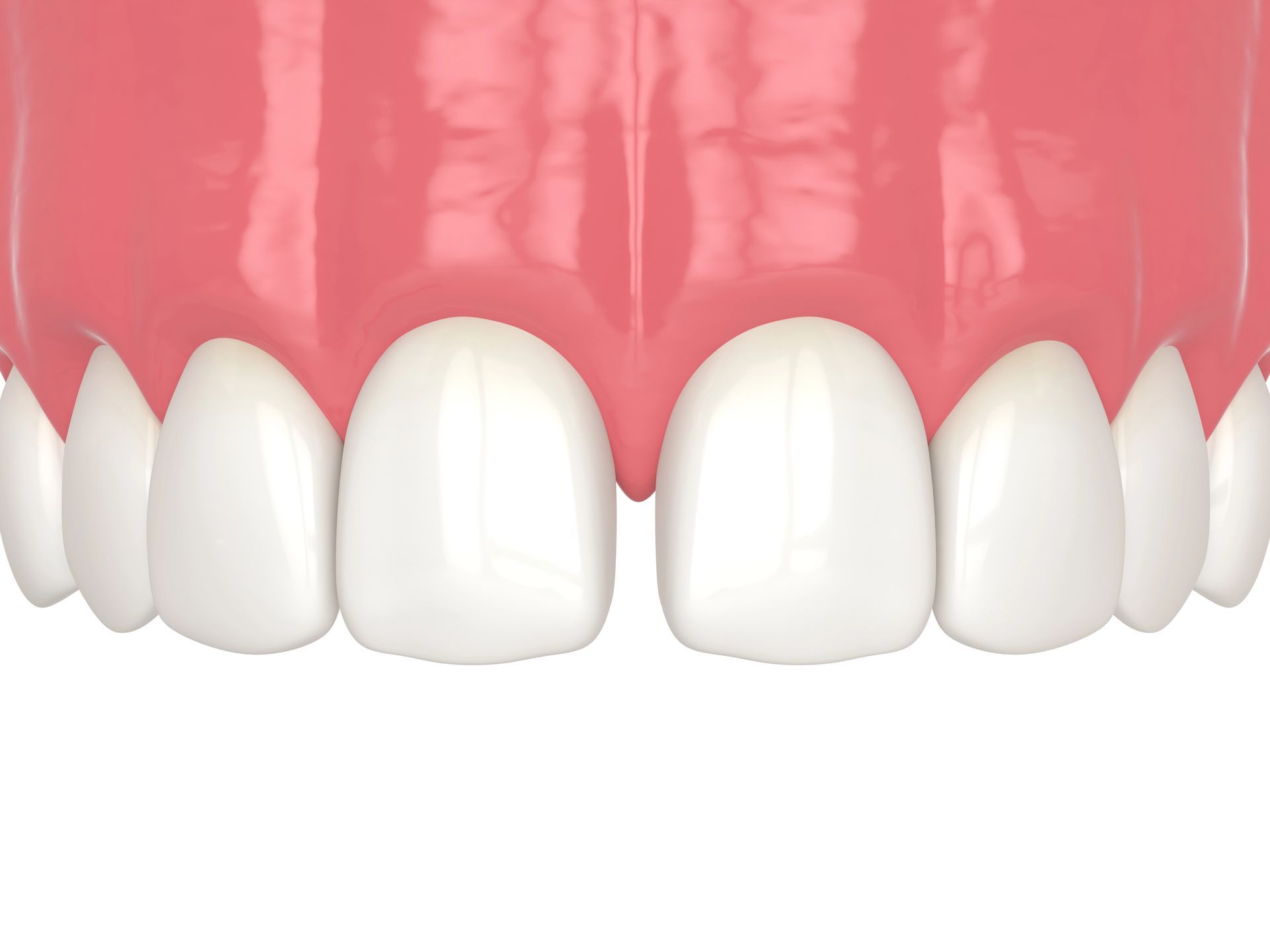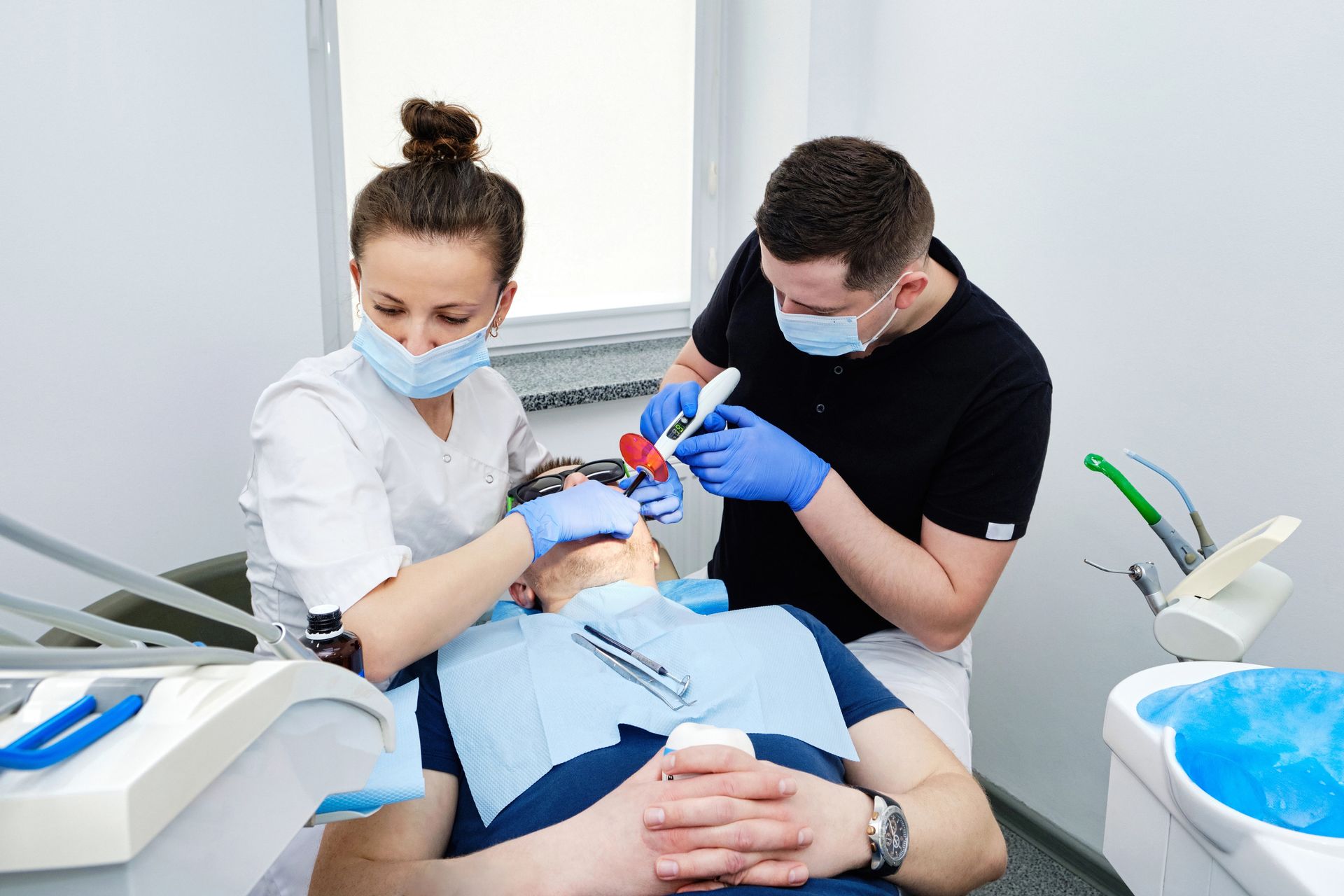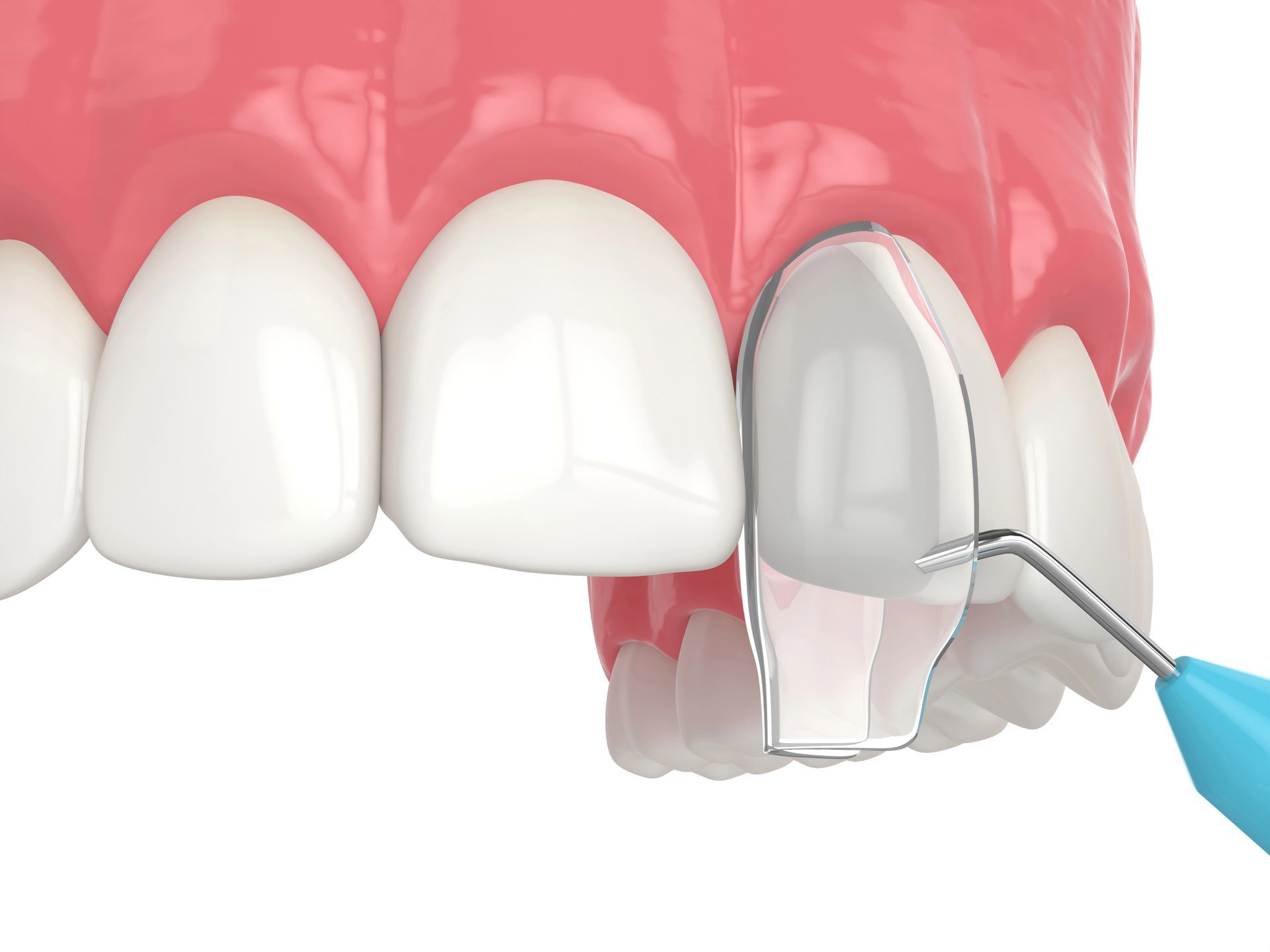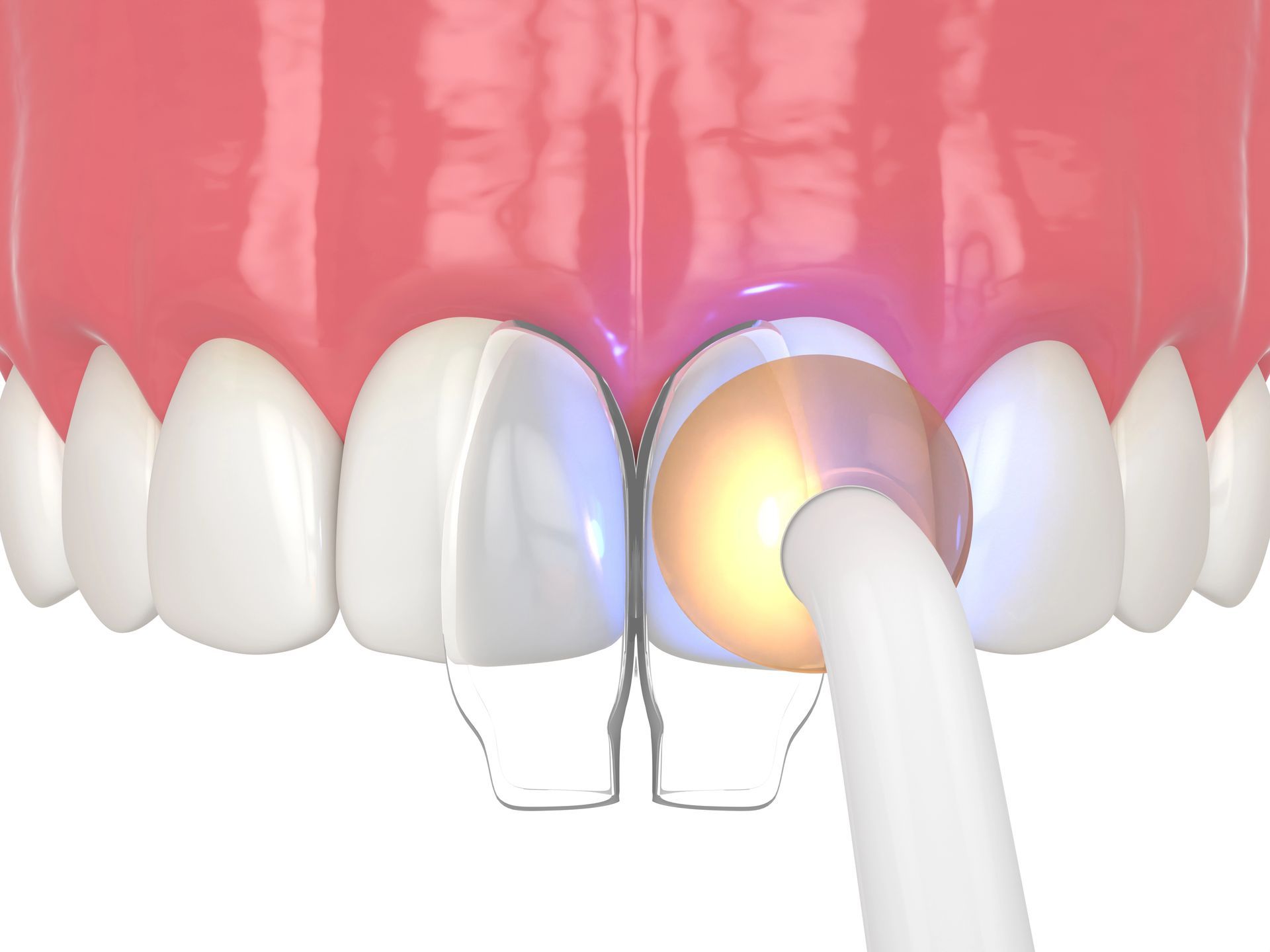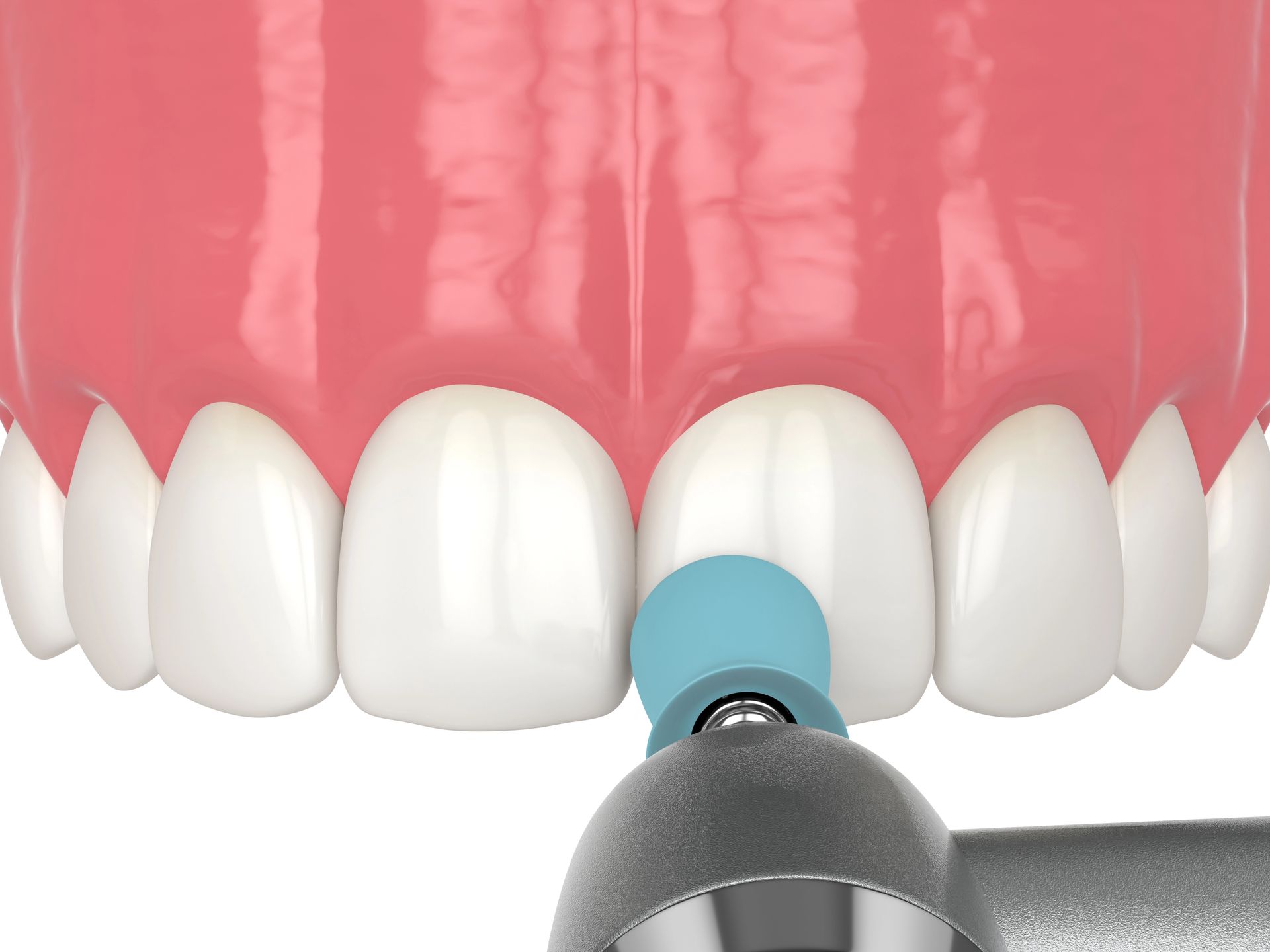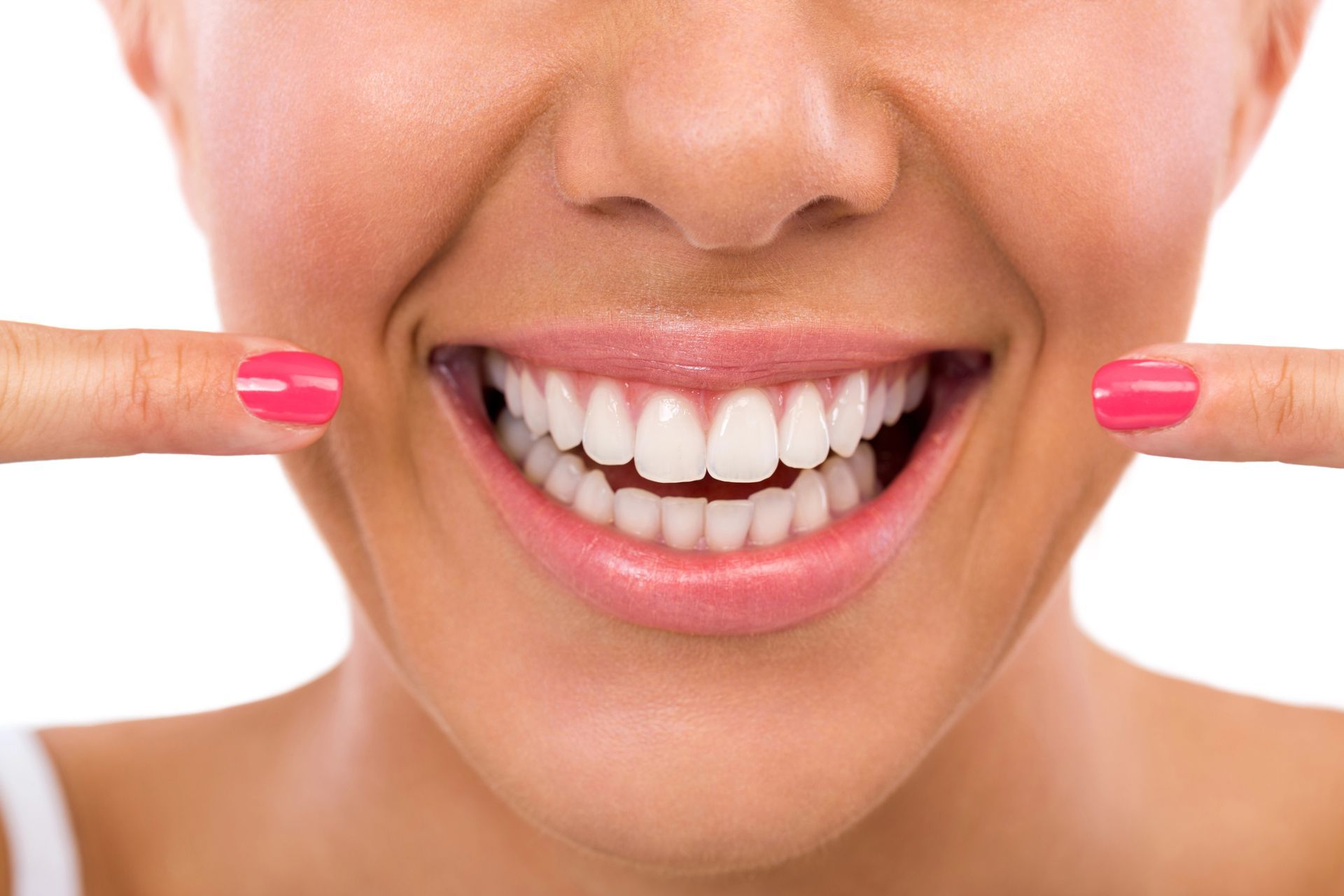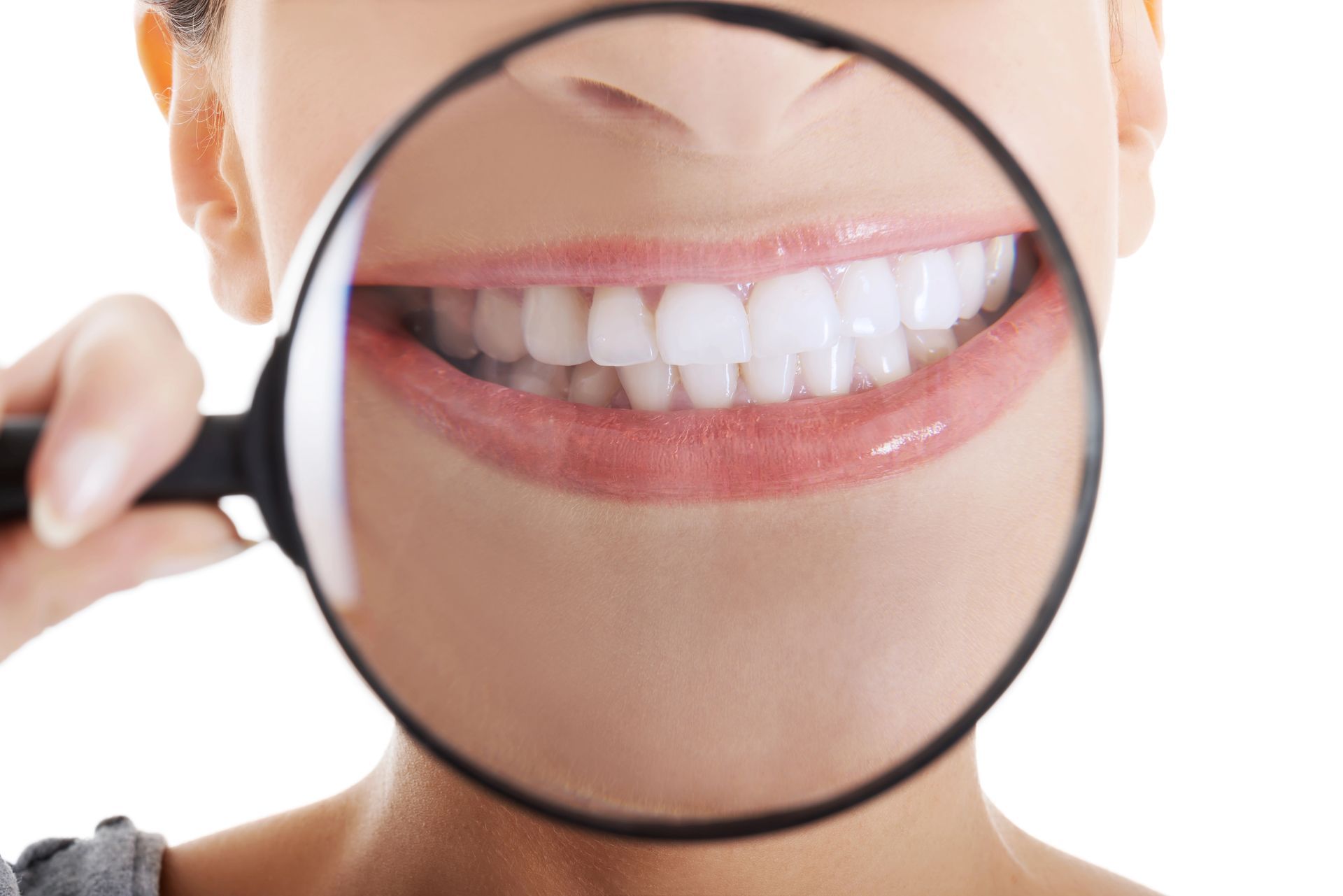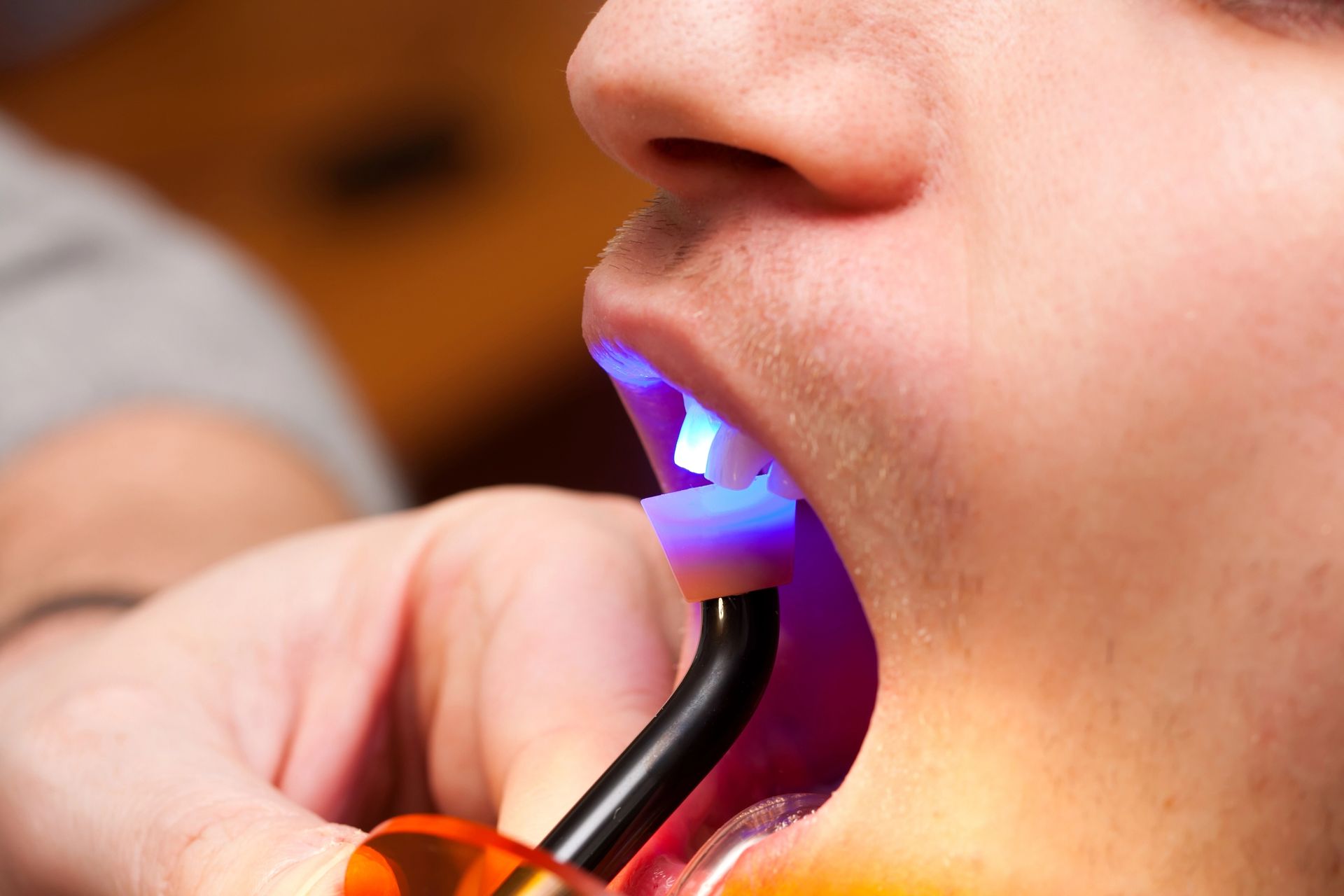
Curious about cosmetic tooth bonding reviews and what real patients have to say? Many individuals report satisfaction with the aesthetic improvements, while others share mixed feelings about the longevity and maintenance of the results. Cosmetic Tooth Bonding Reviews: Patient Expectations vs. Reality When exploring cosmetic tooth bonding reviews, many patients anticipate a seamless transformation of their smiles. The expectation often revolves around achieving a natural look that blends perfectly with existing teeth. However, the reality can sometimes differ, as individual results may vary based on factors like the original condition of the teeth and the skill of the practitioner. While some patients report satisfaction with the subtle enhancements, others may find that the outcome doesn't fully align with their initial vision. In reading cosmetic tooth bonding reviews, it's clear that experiences can be diverse. Some individuals express delight in how the procedure has improved their confidence, while others might feel that the changes are too subtle or not as long-lasting as hoped. For those interested in learning more about the potential outcomes and variations in results, exploring a Cosmetic Tooth Bonding Smile Makeover: Subtle Enhancements That Shine can provide further insights into what to expect from this cosmetic procedure. Common Concerns and Misconceptions When exploring cosmetic tooth bonding reviews, many individuals express concerns about the durability and longevity of the procedure. A common misconception is that cosmetic tooth bonding is a temporary fix, but with proper care, it can last for several years. Another frequent concern is the potential for discoloration over time. While it's true that bonded teeth can stain, maintaining good oral hygiene can help preserve their appearance. Additionally, some people worry about the procedure's impact on natural teeth. It's important to understand that cosmetic tooth bonding is designed to be minimally invasive, preserving as much of the natural tooth structure as possible. For those interested in learning more about the procedure and its benefits, visiting a professional for a consultation can provide clarity. To explore more about this topic, check out our page on Cosmetic Bonding In Columbia . Longevity and Durability Insights When exploring cosmetic tooth bonding reviews, many patients express interest in understanding the longevity and durability of their results. Generally, cosmetic tooth bonding is known for its ability to withstand daily wear and tear, providing a reliable solution for enhancing smiles. While individual experiences may vary, reviews often highlight the satisfaction with how well the bonding holds up over time, maintaining its appearance and function. This insight into the durability of cosmetic tooth bonding can be a crucial factor for those considering this cosmetic dental option. Pain and Discomfort Levels When considering cosmetic tooth bonding, many patients are curious about the pain and discomfort levels associated with the procedure. Generally, cosmetic tooth bonding is known for being a minimally invasive treatment, often requiring little to no anesthesia. Most patients report experiencing only minor discomfort during the process, which typically subsides shortly after the procedure is completed. The overall experience is often described as comfortable, with any sensitivity being temporary and manageable. For those interested in learning more about cosmetic tooth bonding reviews, Design Dentistry Columbia offers insights into patient experiences, and you can find more information by visiting your local Columbia Dentist . Aesthetic Outcomes and Satisfaction In the realm of cosmetic tooth bonding reviews, many patients express high levels of satisfaction with the aesthetic outcomes achieved through this procedure. Individuals often report a significant improvement in the appearance of their teeth, noting enhancements in color, shape, and overall smile symmetry. The ability of cosmetic tooth bonding to seamlessly blend with natural teeth is frequently highlighted, contributing to a boost in self-confidence and personal satisfaction. As these reviews suggest, the visual transformation can be both subtle and impactful, leading to a positive perception of one's dental aesthetics. Cost and Value Perception When exploring cosmetic tooth bonding reviews, many individuals are curious about the cost and how it aligns with their perception of value. The expense of cosmetic tooth bonding can vary widely based on factors such as location, the extent of the procedure, and the expertise of the dental professional. Patients often weigh these costs against the perceived benefits, such as improved aesthetics and increased confidence. Reviews frequently highlight whether individuals feel the investment was worthwhile, providing insights into how others perceive the balance between cost and the value received from their cosmetic tooth bonding experience. Procedure Time and Recovery When exploring cosmetic tooth bonding reviews, many patients highlight the efficiency of the procedure, often noting that it typically takes about 30 to 60 minutes per tooth. This quick turnaround is a significant advantage for those seeking immediate improvements in their smile. Recovery is generally straightforward, with most individuals resuming their daily activities immediately after the procedure. Some reviews mention minor sensitivity, but this usually subsides quickly, allowing patients to enjoy their enhanced appearance without significant downtime. Impact on Daily Life Cosmetic tooth bonding reviews often highlight the significant impact this procedure can have on daily life. Many patients report increased confidence in social and professional settings, as the enhancements to their smile can lead to more positive interactions. The ease of maintaining bonded teeth is frequently mentioned, with individuals appreciating the seamless integration into their oral care routine. Overall, cosmetic tooth bonding reviews suggest that the procedure can contribute to a more fulfilling and self-assured lifestyle. Before and After Comparisons In the realm of cosmetic tooth bonding reviews, before and after comparisons serve as a powerful testament to the transformative potential of this dental procedure. Patients often share their experiences, highlighting the noticeable improvements in their smiles. These comparisons typically showcase the correction of imperfections such as chips, gaps, or discoloration, providing a visual narrative of the procedure's effectiveness. By examining these transformations, individuals can gain a better understanding of what to expect from cosmetic tooth bonding, as real patient experiences offer valuable insights into the aesthetic enhancements achieved through this popular dental treatment.
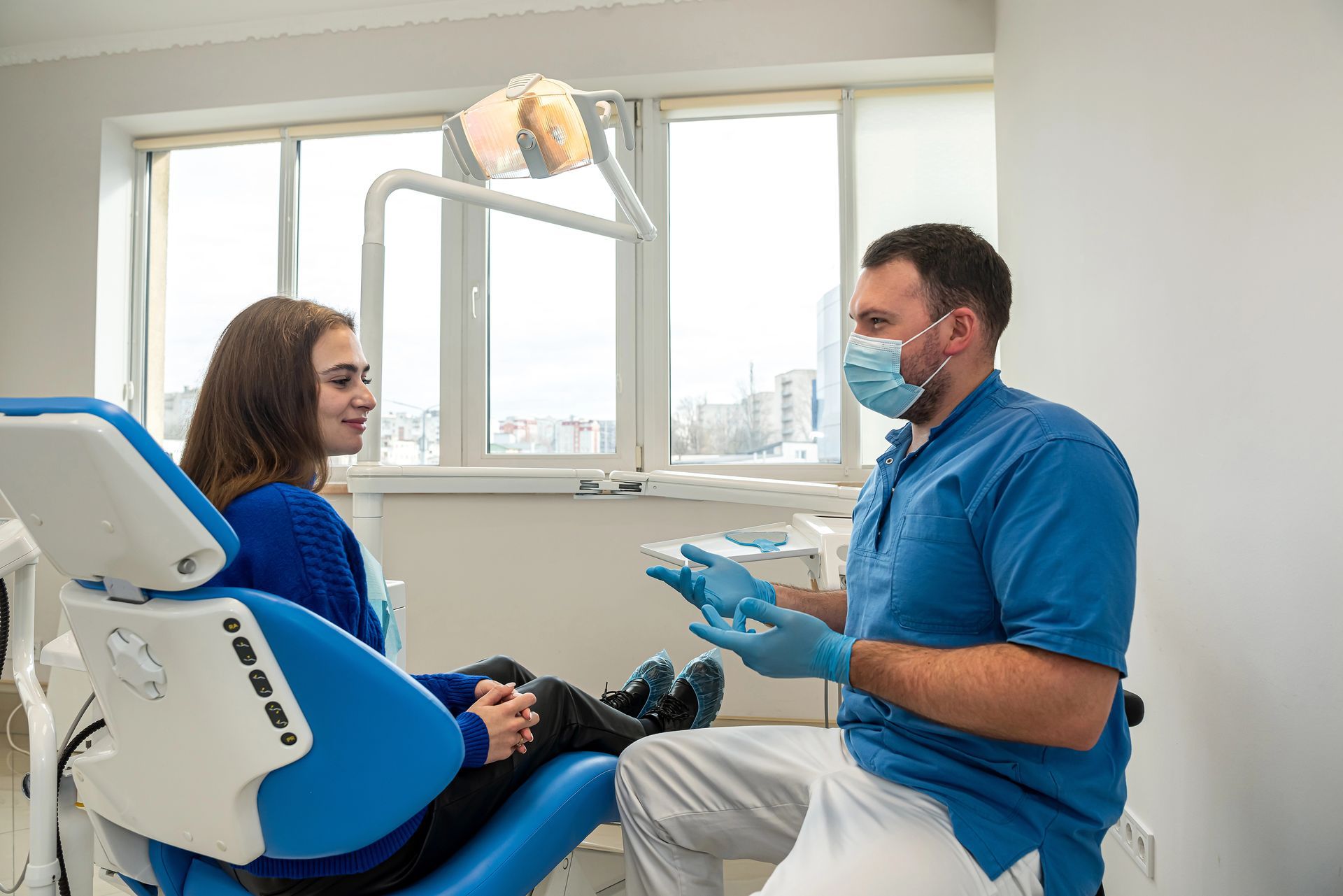
Have you ever wondered how cosmetic bonding for a chipped front tooth can restore your confidence? This simple procedure can effectively repair minor imperfections, helping you regain a natural and seamless smile.
Cosmetic Bonding for Chipped Front Tooth
Understanding cosmetic bonding basics is essential for anyone considering this procedure to address a chipped front tooth. Cosmetic bonding involves applying a tooth-colored resin to the affected area, which is then shaped and polished to match the surrounding teeth. This process not only restores the appearance of the tooth but also enhances its strength and functionality. The procedure is typically quick and can be completed in a single visit, making it a convenient option for those looking to improve their smile. The materials used in cosmetic bonding for chipped front tooth are designed to blend seamlessly with natural teeth, ensuring a discreet and aesthetically pleasing result. This technique is versatile and can be used to address various dental imperfections beyond chips, such as gaps or discoloration. For more insights into the experiences of others who have undergone this procedure, you can explore [Cosmetic Tooth Bonding Reviews: Real Patient Experiences](/cosmetic-tooth-bonding-reviews/).Causes of Chipped Front Teeth
Chipped front teeth can occur due to a variety of reasons, often impacting one's smile and confidence. Common causes include accidental falls, sports injuries, or biting down on hard objects like ice or candy. Additionally, teeth grinding, also known as bruxism, can weaken the enamel over time, making teeth more susceptible to chipping. Poor dental hygiene and untreated cavities can also contribute to the weakening of tooth structure, increasing the likelihood of chips and cracks. Understanding the causes of chipped front teeth is essential for maintaining oral health and preventing further damage. Cosmetic bonding for chipped front tooth issues can be an effective solution to restore the appearance and function of your smile. For those seeking professional assistance, consider visiting Expert Tooth Bonding Columbia for more information on how cosmetic bonding can help you regain your confidence.Benefits of Cosmetic Bonding
Cosmetic bonding for chipped front tooth offers a range of benefits that can significantly enhance your smile and boost your self-esteem. This procedure is a quick and effective solution to restore the natural appearance of your teeth, providing a seamless blend with your existing tooth color and shape. The process is minimally invasive, preserving most of your natural tooth structure while delivering immediate results. Additionally, cosmetic bonding is a cost-effective option compared to other dental procedures, making it accessible for those looking to improve their dental aesthetics without extensive treatments.Cosmetic Bonding Procedure Overview
Cosmetic bonding for a chipped front tooth is a straightforward and effective procedure that can significantly enhance your smile. During the process, a tooth-colored resin is applied to the affected area, sculpted to match the natural shape of your tooth, and then hardened with a special light. This technique not only restores the appearance of your tooth but also strengthens it, providing a seamless and durable solution. The entire procedure is typically completed in one visit, making it a convenient option for those looking to quickly improve their dental aesthetics. For more information on cosmetic bonding and other dental services, visit Design Dentistry Columbia, your trusted Columbia Dentist.Longevity of Cosmetic Bonding
Cosmetic bonding for a chipped front tooth is a popular choice for many seeking to restore their smile, but understanding its longevity is crucial. Typically, cosmetic bonding can last several years, depending on factors such as oral hygiene and lifestyle habits. While it is not as durable as some other dental solutions, it offers a quick and effective way to address minor imperfections. Regular dental check-ups can help monitor the condition of the bonding, ensuring that your smile remains intact and your confidence stays high.Comparing Bonding with Other Treatments
When considering cosmetic bonding for a chipped front tooth, it's important to understand how it compares to other dental treatments. Unlike veneers or crowns, which often require more extensive preparation and alteration of the natural tooth, cosmetic bonding is a less invasive option that can quickly restore the appearance of a chipped tooth. While veneers and crowns may offer longer-lasting results, cosmetic bonding provides a more immediate and cost-effective solution for those seeking to enhance their smile without significant dental work.Common Myths About Cosmetic Bonding
Cosmetic bonding for chipped front tooth is often surrounded by misconceptions that can deter individuals from considering this effective solution. One common myth is that cosmetic bonding is a temporary fix, when in reality, it can last for several years with proper care. Another misconception is that the procedure is painful, but most patients find it to be a comfortable experience. Some believe that cosmetic bonding for chipped front tooth will not match the natural tooth color, yet advancements in dental materials allow for a seamless blend with your existing teeth. Understanding these myths can help you make informed decisions about your dental health.Aftercare for Bonded Teeth
Proper aftercare is essential to maintain the longevity and appearance of cosmetic bonding for a chipped front tooth. It's important to be mindful of habits that could affect the bonded area, as this can help preserve the natural look and function of your smile. Regular dental check-ups and maintaining good oral hygiene are crucial in ensuring that the cosmetic bonding remains intact and continues to enhance your confidence.Psychological Impact of Dental Appearance
The appearance of one's teeth can significantly influence self-esteem and social interactions, making dental aesthetics a crucial aspect of personal confidence. A chipped front tooth can lead to feelings of embarrassment or self-consciousness, affecting how individuals perceive themselves and how they are perceived by others. Cosmetic bonding for chipped front tooth issues can play a vital role in restoring not just the physical appearance but also the emotional well-being of those affected, helping them regain their confidence and improve their overall quality of life.Conclusion
Cosmetic bonding for chipped front tooth can help restore your confidence; call 803-573-4577 or read reviews on Google Maps to learn more.
Are you curious about how cosmetic tooth bonding for gaps can enhance your smile? This simple procedure involves applying a tooth-colored resin to close gaps, offering a seamless and natural look. It's a quick and effective way to achieve a more uniform appearance. Cosmetic Tooth Bonding for Gaps Cosmetic tooth bonding for gaps is a popular dental procedure designed to enhance the appearance of your smile by closing spaces between teeth. This technique involves applying a tooth-colored resin to the teeth, which is then shaped and polished to match the surrounding teeth, creating a seamless look. The process is minimally invasive and can be completed in a single visit, making it an attractive option for those seeking immediate results. Understanding cosmetic tooth bonding involves recognizing its ability to improve dental aesthetics without extensive procedures. It is a versatile solution that can address various dental imperfections, including gaps, chips, and discoloration. For those interested in learning more about the financial aspects of this procedure, the Cosmetic Tooth Bonding Price Guide: What to Expect Before Treatment provides valuable insights.
Cosmetic Tooth Bonding for Gaps
Closing tooth gaps can significantly enhance the overall appearance of your smile, boosting confidence and self-esteem. Cosmetic tooth bonding for gaps is a straightforward procedure that can create a more uniform and aesthetically pleasing dental appearance. By filling in the spaces between teeth, this method helps achieve a seamless look, making your smile appear more harmonious and attractive. Additionally, addressing tooth gaps can contribute to better oral health. Gaps can sometimes lead to food particles getting trapped, which may increase the risk of plaque buildup and gum issues. By opting for cosmetic tooth bonding for gaps, individuals can potentially reduce these risks while enjoying the benefits of a more aligned smile. For those interested in learning more about this procedure, visit our page on Cosmetic Tooth Bonding Columbia .The Bonding Procedure Explained
Cosmetic tooth bonding is a straightforward procedure designed to enhance the appearance of your smile by addressing gaps between teeth. During the process, a dentist applies a tooth-colored resin to the affected area, which is then molded and shaped to achieve the desired look. The resin is hardened using a special light, effectively bonding it to the tooth's surface. This technique allows for a seamless integration with your natural teeth, resulting in a more uniform and aesthetically pleasing smile. The entire procedure is typically completed in one visit, making it a convenient option for those seeking quick improvements.Comparing Bonding to Other Methods
When considering cosmetic tooth bonding for gaps, it's essential to understand how it compares to other dental procedures. Unlike veneers, which require more extensive preparation and are often more costly, bonding is a straightforward process that can be completed in a single visit. Orthodontic treatments like braces or aligners may take months or even years to close gaps, whereas bonding offers immediate results. Additionally, while crowns cover the entire tooth, bonding focuses on specific areas, making it a less invasive option. For those exploring options in the area, Design Dentistry Columbia provides insights into various dental solutions, and you can learn more by visiting your local Columbia Dentist .Ideal Candidates for Tooth Bonding
Cosmetic tooth bonding for gaps is an excellent option for individuals looking to enhance their smile by closing small spaces between teeth. Ideal candidates are those with minor gaps or chips in their teeth who desire a quick and non-invasive solution. This procedure is suitable for people who have healthy teeth and gums but wish to improve the aesthetic appearance of their smile without undergoing extensive dental work.Longevity of Bonded Teeth
Cosmetic tooth bonding for gaps is a popular choice for enhancing smiles, but many wonder about the longevity of bonded teeth. Generally, bonded teeth can last several years with proper care, although the exact duration can vary based on individual habits and oral hygiene. While cosmetic tooth bonding for gaps provides an immediate aesthetic improvement, it's important to be mindful of factors that may affect its durability, such as dietary choices and oral health practices. Regular dental check-ups can help maintain the appearance and function of bonded teeth over time.Maintaining Your Bonded Smile
After undergoing cosmetic tooth bonding for gaps, it's important to focus on maintaining the appearance and longevity of your enhanced smile. This procedure can significantly improve the aesthetics of your teeth, but keeping your bonded smile in optimal condition requires attention to daily habits and lifestyle choices. Regular dental check-ups and mindful oral hygiene practices play a crucial role in preserving the results of cosmetic tooth bonding for gaps, ensuring that your smile remains as captivating as the day it was transformed.Common Myths About Tooth Bonding
Cosmetic tooth bonding for gaps is often surrounded by misconceptions that can deter individuals from considering this effective dental solution. One common myth is that tooth bonding is a temporary fix, when in reality, it can last for several years with proper care. Another misconception is that the bonding material will not match the natural teeth, but advancements in dental technology have made it possible to achieve a seamless blend. Some people also believe that cosmetic tooth bonding for gaps is a painful procedure, yet it is typically painless and minimally invasive. Understanding these myths can help individuals make informed decisions about enhancing their smiles.The Science Behind Tooth Bonding
Cosmetic tooth bonding for gaps involves a straightforward process where a tooth-colored resin is applied to the teeth to close spaces and enhance the overall appearance of the smile. This resin is carefully molded and shaped to match the natural contours of the teeth, then hardened using a special light that bonds the material securely to the tooth surface. The result is a seamless integration that not only improves aesthetics but also maintains the structural integrity of the teeth, making cosmetic tooth bonding for gaps an effective solution for those seeking a more uniform smile.Conclusion
Cosmetic tooth bonding for gaps can transform your smile effortlessly; call 803-258-6084 or check out our reviews on Google Maps .Restorative Dentistry vs Cosmetic Dentistry: Which Is Right for You?
Isaiah Davis • May 29, 2025
"Are you trying to decide between restorative dentistry vs cosmetic dentistry for your dental needs? Restorative dentistry focuses on repairing and restoring the function of your teeth, while cosmetic dentistry aims to enhance the appearance of your smile. Understanding the differences can help you determine which approach aligns with your goals.
Restorative dentistry vs cosmetic dentistry: Definitions and Key Differences
Restorative dentistry vs cosmetic dentistry are two distinct branches of dental care, each serving unique purposes. Restorative dentistry focuses on repairing and restoring the function of damaged or missing teeth. This includes procedures like fillings, crowns, bridges, and implants, which aim to restore the natural function and appearance of teeth. On the other hand, cosmetic dentistry is primarily concerned with enhancing the aesthetic appearance of a person's smile. This can involve treatments such as teeth whitening, veneers, and bonding, which are designed to improve the visual appeal of teeth without necessarily addressing functional issues.
The key differences between restorative dentistry vs cosmetic dentistry lie in their objectives and outcomes. While restorative dentistry aims to restore oral health and functionality, cosmetic dentistry focuses on improving the visual aspects of a smile. Both fields can overlap in certain procedures, but their primary goals remain distinct. For those dealing with issues like tooth decay, Restorative Dentistry for Tooth Decay: Save and Strengthen Compromised Teeth
can be an essential approach to maintaining oral health.
Goals of Restorative Dentistry
Restorative dentistry primarily focuses on repairing and restoring the function and integrity of the teeth. The main goal is to address issues such as cavities, broken teeth, or missing teeth to ensure that the mouth functions properly. This branch of dentistry is essential for maintaining oral health and preventing further dental complications. By restoring the natural function of the teeth, individuals can enjoy improved chewing ability and overall oral health.
In the debate of restorative dentistry vs cosmetic dentistry, it's important to understand that restorative procedures are not just about aesthetics but are crucial for oral health. While cosmetic dentistry focuses on enhancing the appearance of your smile, restorative dentistry aims to bring back the natural function and structure of your teeth. For those seeking expert care in this field, consider exploring the services offered by Top Restorative Dentistry Columbia
Goals of Cosmetic Dentistry
In the discussion of restorative dentistry vs cosmetic dentistry, understanding the goals of cosmetic dentistry is essential. Cosmetic dentistry primarily focuses on enhancing the appearance of your smile. This includes improving the color, shape, size, and alignment of teeth to achieve a more aesthetically pleasing look. While restorative dentistry aims to repair and restore function, cosmetic dentistry is dedicated to creating a visually appealing smile that boosts confidence and self-esteem.
Common Restorative Procedures
When considering restorative dentistry vs cosmetic dentistry, it's important to understand the common procedures involved in restorative dentistry. These procedures typically focus on repairing and restoring the function of teeth, which may include fillings, crowns, bridges, and dentures. Each of these treatments aims to address issues such as decay, damage, or missing teeth, ultimately improving oral health and functionality. For those in need of dental care, Design Dentistry Columbia offers a range of services, and you can find more information by visiting a Columbia Dentist
Common Cosmetic Procedures
In the discussion of restorative dentistry vs cosmetic dentistry, it's essential to understand the common procedures associated with cosmetic dentistry. These procedures primarily focus on enhancing the appearance of your smile. Popular options include teeth whitening, which brightens discolored teeth, and veneers, which cover imperfections like chips or gaps. Additionally, dental bonding can reshape teeth, while contouring can refine their appearance. Each of these procedures aims to improve the aesthetic appeal of your teeth, distinguishing cosmetic dentistry from its restorative counterpart, which focuses more on function and health.
Benefits of Restorative Dentistry
When considering restorative dentistry vs cosmetic dentistry, it's important to understand the benefits that restorative procedures offer. Restorative dentistry focuses on repairing and restoring the function of teeth, which can improve oral health and overall well-being. By addressing issues such as cavities, damaged teeth, or missing teeth, restorative dentistry helps maintain proper bite alignment and chewing efficiency, which are crucial for digestion and nutrition. Additionally, it can alleviate discomfort and prevent further dental complications, ensuring a healthier mouth and a more confident smile.
Benefits of Cosmetic Dentistry
In the debate of restorative dentistry vs cosmetic dentistry, understanding the benefits of cosmetic dentistry can help clarify its appeal. Cosmetic dentistry primarily focuses on enhancing the appearance of your smile, offering solutions that can improve self-esteem and confidence. Procedures in this field can address issues such as discoloration, misalignment, and gaps between teeth, leading to a more aesthetically pleasing smile. While restorative dentistry aims to repair and restore function, cosmetic dentistry provides the added advantage of boosting one's overall appearance, making it a popular choice for those looking to enhance their dental aesthetics.
Choosing Based on Dental Needs
When considering restorative dentistry vs cosmetic dentistry, it's essential to evaluate your specific dental needs. Restorative dentistry focuses on repairing and restoring the function of teeth, addressing issues such as cavities, broken teeth, or missing teeth. On the other hand, cosmetic dentistry aims to enhance the appearance of your smile, dealing with aspects like teeth whitening, veneers, or reshaping. Understanding the primary goal of each type of dentistry can help you determine which approach aligns with your dental priorities.
Long-term Outcomes and Considerations
When evaluating restorative dentistry vs cosmetic dentistry, it's essential to consider the long-term outcomes and implications of each approach. Restorative dentistry primarily focuses on repairing and maintaining the functionality of teeth, which can lead to improved oral health and durability over time. On the other hand, cosmetic dentistry aims to enhance the appearance of your smile, which can boost confidence and self-esteem. Both options have their unique benefits and potential drawbacks, making it crucial to weigh these factors carefully when deciding which path aligns best with your personal goals and needs.
Conclusion
Deciding between restorative dentistry vs cosmetic dentistry depends on your individual needs; for more information, call us at (803) 291-5782 or check out our Google Maps.

